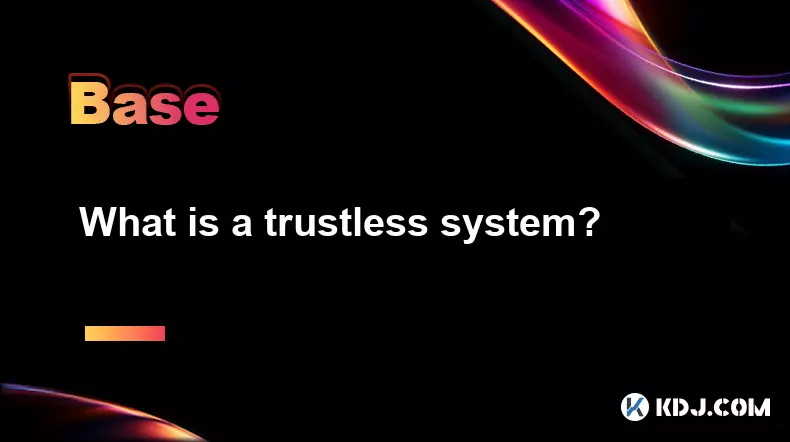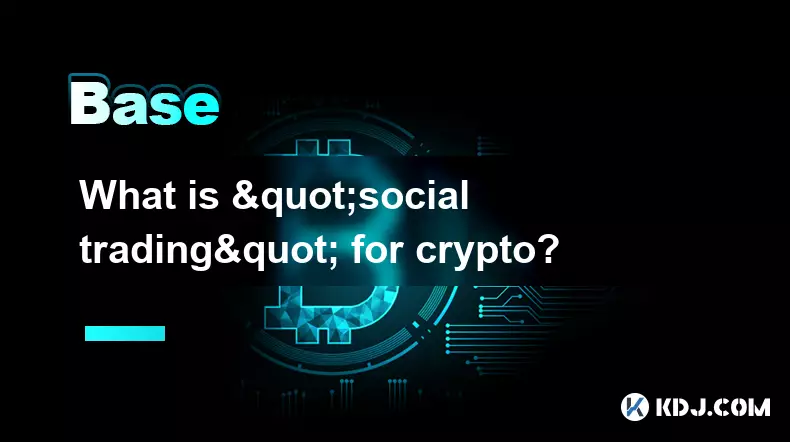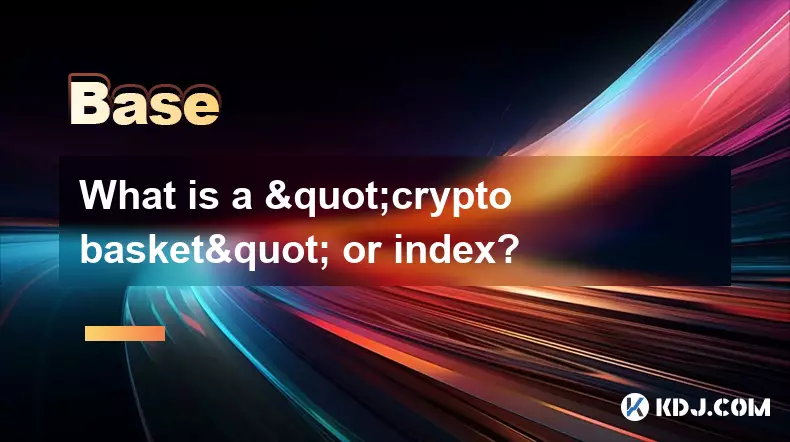-
 Bitcoin
Bitcoin $112100
0.77% -
 Ethereum
Ethereum $4474
3.78% -
 XRP
XRP $2.851
0.46% -
 Tether USDt
Tether USDt $1.000
0.01% -
 BNB
BNB $856.0
0.45% -
 Solana
Solana $209.3
1.04% -
 USDC
USDC $0.9998
-0.02% -
 Dogecoin
Dogecoin $0.2216
3.68% -
 TRON
TRON $0.3420
1.19% -
 Cardano
Cardano $0.8415
1.56% -
 Chainlink
Chainlink $23.79
1.74% -
 Hyperliquid
Hyperliquid $46.03
3.38% -
 Ethena USDe
Ethena USDe $1.001
0.04% -
 Sui
Sui $3.399
2.98% -
 Bitcoin Cash
Bitcoin Cash $599.8
3.03% -
 Stellar
Stellar $0.3628
-0.44% -
 Avalanche
Avalanche $25.24
4.29% -
 Cronos
Cronos $0.2809
9.58% -
 Hedera
Hedera $0.2203
0.68% -
 UNUS SED LEO
UNUS SED LEO $9.526
-0.04% -
 Litecoin
Litecoin $112.7
0.88% -
 Toncoin
Toncoin $3.188
0.41% -
 Shiba Inu
Shiba Inu $0.00001253
0.80% -
 Polkadot
Polkadot $3.891
2.61% -
 Uniswap
Uniswap $9.732
2.10% -
 Bitget Token
Bitget Token $4.971
-2.70% -
 Dai
Dai $0.0000
0.01% -
 World Liberty Financial
World Liberty Financial $0.2148
-8.62% -
 Aave
Aave $327.8
3.77% -
 Monero
Monero $270.0
1.47%
What is a trustless system?
Blockchain’s trustless systems eliminate intermediaries by using code, cryptography, and consensus to enable secure, transparent transactions without relying on centralized authorities.
Sep 04, 2025 at 03:55 am

Understanding Trustless Systems in Blockchain
1. A trustless system refers to a decentralized environment where parties can interact and transact without needing to trust one another. In the context of blockchain and cryptocurrency, this means that the system is designed so that no single entity has control, and outcomes are enforced by code rather than intermediaries. The term 'trustless' does not imply a lack of trustworthiness, but rather that trust is removed as a requirement for participation.
2. These systems rely on cryptographic proofs, consensus algorithms, and smart contracts to ensure that all actions are verifiable and tamper-resistant. For example, when a user sends Bitcoin to another user, the transaction is validated by a network of nodes using proof-of-work. No bank or central authority is needed to confirm that the sender owns the funds or that the transaction is legitimate.
3. The elimination of intermediaries reduces costs, increases transaction speed, and enhances transparency. Traditional financial systems require layers of verification and oversight, which can delay processes and introduce points of failure. In contrast, a trustless blockchain network executes transactions based on predefined rules, making the process more efficient and less prone to manipulation.
4. Trustless systems are foundational to decentralized finance (DeFi), where users lend, borrow, and trade assets using smart contracts on platforms like Ethereum. These contracts automatically execute when conditions are met, without requiring a third party to enforce the agreement. This model empowers users to maintain control over their assets at all times.
5. The security of a trustless system depends on the robustness of its underlying protocol and the distribution of its network. A highly decentralized network with many independent validators makes it extremely difficult for any malicious actor to alter the ledger or reverse transactions, thereby preserving the integrity of the system.
How Trustless Mechanisms Replace Traditional Trust
1. In traditional finance, trust is placed in institutions such as banks, clearinghouses, and regulatory bodies. These entities act as gatekeepers, verifying identities, authorizing transactions, and resolving disputes. Their central role creates bottlenecks and vulnerabilities, including single points of failure and susceptibility to corruption.
2. Trustless systems replace institutional trust with algorithmic certainty. Instead of relying on a bank to confirm a payment, users rely on a distributed network that collectively verifies each transaction through consensus. This shift transfers authority from centralized organizations to open, transparent protocols.
p>3. Cryptographic signatures ensure that only the rightful owner of a digital asset can initiate a transaction. Once signed, the transaction is broadcast to the network, where nodes validate it against the current state of the blockchain. If it meets all protocol rules, it is included in a block and becomes part of the permanent record.
4. Smart contracts further automate trust by encoding business logic into code. For instance, a decentralized exchange uses smart contracts to match buy and sell orders, calculate prices, and settle trades—all without a central operator. The code is open for inspection, and its execution is guaranteed by the network.
5. Because the rules are embedded in immutable software, participants can verify the system’s behavior independently. This transparency allows users to audit the protocol, detect anomalies, and contribute to its improvement, fostering a culture of collective accountability.
The Role of Consensus in Maintaining Trustlessness
1. Consensus mechanisms are the backbone of trustless systems, ensuring that all participants agree on the state of the ledger without relying on a central coordinator. Proof-of-Work (PoW) and Proof-of-Stake (PoS) are the two most widely used models, each offering different trade-offs in security, energy efficiency, and decentralization.
2. In PoW, miners compete to solve complex mathematical puzzles, and the first to succeed adds a new block to the chain. This process requires significant computational effort, making it costly for attackers to manipulate the blockchain. Bitcoin uses this model to maintain a secure, trustless environment.
3. PoS selects validators based on the amount of cryptocurrency they hold and are willing to 'stake' as collateral. This approach reduces energy consumption and allows for faster block creation. Ethereum transitioned to PoS with its Ethereum 2.0 upgrade, enhancing scalability while preserving trustless operation.
4. Regardless of the mechanism, consensus ensures that no single node can unilaterally alter transaction history. Any attempt to introduce fraudulent data is rejected by the majority of honest nodes, preserving the integrity of the network.
5. The economic incentives built into consensus protocols align the interests of participants with the health of the network. Validators and miners are rewarded for honest behavior and penalized for attempting to cheat, creating a self-sustaining ecosystem that operates without external oversight.
Frequently Asked Questions
What does 'trustless' mean if I still need to trust the technology?'Trustless' does not mean zero trust—it means trust is shifted from people and institutions to code and mathematics. Users must trust that the software is secure and correctly implemented, but once deployed, the system operates predictably without requiring ongoing faith in any individual participant.
Can a trustless system be hacked?While no system is entirely immune to attack, trustless blockchains are highly resistant to tampering due to their decentralized nature and cryptographic security. A successful attack would require overwhelming control over the network’s computational power or stake, which is prohibitively expensive and easily detectable.
Are all cryptocurrencies built on trustless systems?Most major cryptocurrencies like Bitcoin and Ethereum are trustless by design. However, some platforms incorporate centralized elements, such as custodial wallets or permissioned nodes, which reduce their degree of trustlessness. True trustlessness requires full decentralization and open participation.
Disclaimer:info@kdj.com
The information provided is not trading advice. kdj.com does not assume any responsibility for any investments made based on the information provided in this article. Cryptocurrencies are highly volatile and it is highly recommended that you invest with caution after thorough research!
If you believe that the content used on this website infringes your copyright, please contact us immediately (info@kdj.com) and we will delete it promptly.
- C2 Blockchain's DOG Coin Gambit: Bridging Memes and Bitcoin Assets
- 2025-09-04 12:25:13
- Crypto Treasury, Startup Strategies, & Investment Opportunities: A New Yorker's Take
- 2025-09-04 09:05:12
- Moca Network's $20M Portfolio: A New Era for Community Rewards?
- 2025-09-04 09:05:12
- XDC Network Price Prediction 2026: Is XDC the Dark Horse of Crypto?
- 2025-09-04 08:25:15
- BullZilla Roar, Bonk Stablecoin, and Solana Alpenglow: The Evolution of Meme Coins
- 2025-09-04 09:25:17
- TRON, GDP Data, and the Commerce Department: A Blockchain Milestone
- 2025-09-04 09:25:17
Related knowledge

What is "backtesting" a crypto trading strategy?
Sep 03,2025 at 10:55am
Understanding Backtesting in Crypto TradingBacktesting is the process of evaluating a trading strategy by applying it to historical market data. Trade...

What is a "crypto trading bot" and do they work?
Sep 02,2025 at 04:19pm
Understanding Crypto Trading Bots1. A crypto trading bot is a software application designed to automate the process of buying and selling cryptocurren...

What is a "copy trading" platform?
Sep 02,2025 at 07:00pm
Understanding Copy Trading in the Cryptocurrency Space1. A copy trading platform allows users to automatically replicate the trades of experienced inv...

What is "social trading" for crypto?
Sep 03,2025 at 09:00pm
Understanding Social Trading in the Cryptocurrency Space1. Social trading refers to a method where investors observe, follow, and automatically replic...

What is a "crypto basket" or index?
Sep 03,2025 at 07:01am
Understanding Crypto Baskets and Their Role in Digital Asset Investment1. A crypto basket refers to a curated collection of multiple cryptocurrencies ...

What are "impermanent loss" calculators?
Sep 03,2025 at 12:00pm
Understanding Impermanent Loss in Decentralized Finance1. Impermanent loss is a phenomenon that affects liquidity providers in decentralized exchanges...

What is "backtesting" a crypto trading strategy?
Sep 03,2025 at 10:55am
Understanding Backtesting in Crypto TradingBacktesting is the process of evaluating a trading strategy by applying it to historical market data. Trade...

What is a "crypto trading bot" and do they work?
Sep 02,2025 at 04:19pm
Understanding Crypto Trading Bots1. A crypto trading bot is a software application designed to automate the process of buying and selling cryptocurren...

What is a "copy trading" platform?
Sep 02,2025 at 07:00pm
Understanding Copy Trading in the Cryptocurrency Space1. A copy trading platform allows users to automatically replicate the trades of experienced inv...

What is "social trading" for crypto?
Sep 03,2025 at 09:00pm
Understanding Social Trading in the Cryptocurrency Space1. Social trading refers to a method where investors observe, follow, and automatically replic...

What is a "crypto basket" or index?
Sep 03,2025 at 07:01am
Understanding Crypto Baskets and Their Role in Digital Asset Investment1. A crypto basket refers to a curated collection of multiple cryptocurrencies ...

What are "impermanent loss" calculators?
Sep 03,2025 at 12:00pm
Understanding Impermanent Loss in Decentralized Finance1. Impermanent loss is a phenomenon that affects liquidity providers in decentralized exchanges...
See all articles

























































































